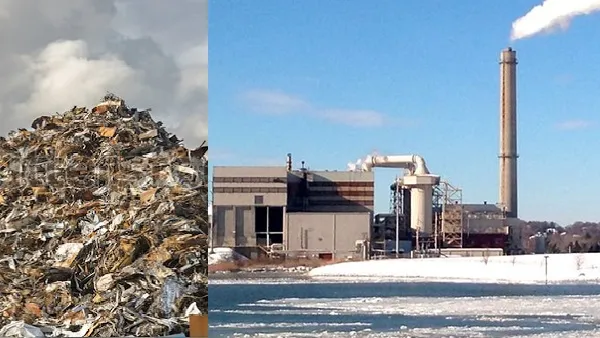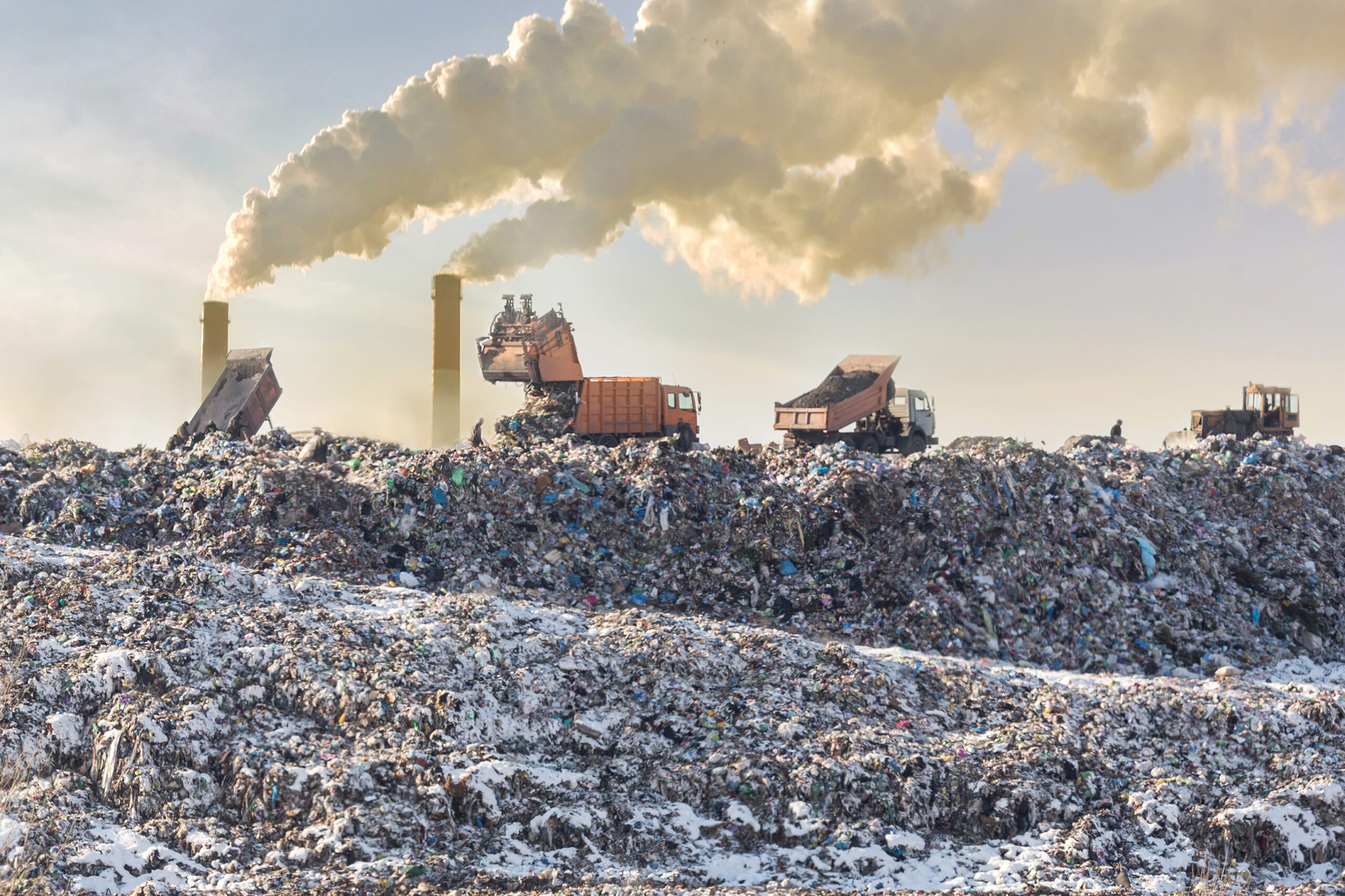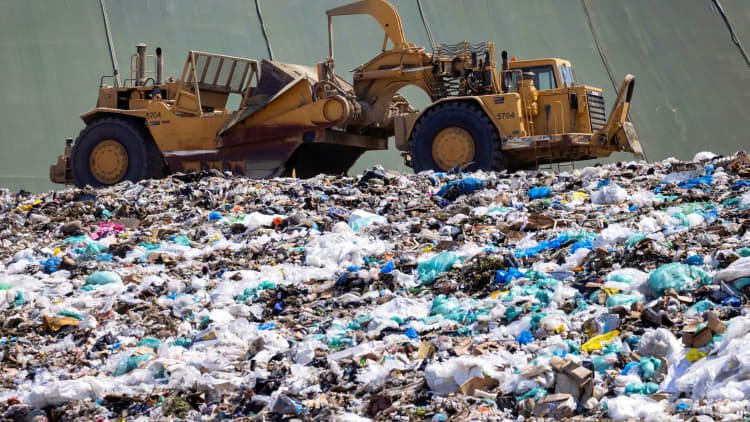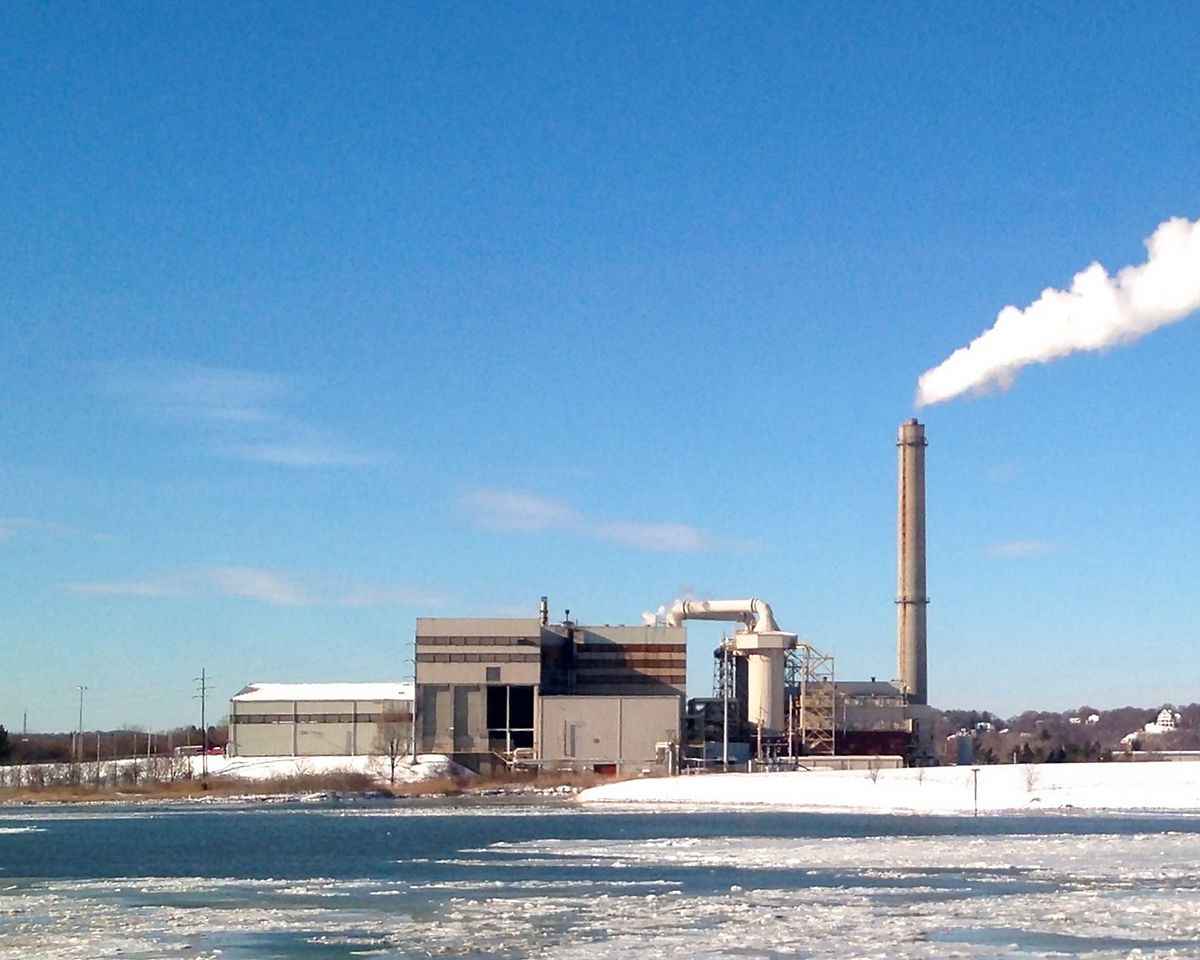
Introduction
Waste to Energy (WtE) technology is a process that converts waste materials into usable energy. It is an innovative solution that addresses the challenge of waste management while contributing to sustainable energy production. With increasing concerns about environmental sustainability, WtE technology has gained significant importance and relevance in recent years. This article explores the definition of WtE technology, its importance, and the environmental benefits it offers.
Historical Background
Early forms of waste disposal, such as open dumping and landfilling, have proven to be unsustainable and harmful to the environment. As waste volumes increased and land scarcity became a pressing issue, the need for a more efficient waste management solution emerged. WtE technology emerged as an effective solution to convert waste into energy, reducing the reliance on fossil fuels and minimizing the environmental impact of waste disposal. Over the years, there have been significant milestones and developments in WtE technology, making it a viable and sustainable option for waste management.
Key Concepts and Definitions
Waste to Energy (WtE) technology involves various processes that convert waste materials into energy. One such process is incineration, which utilizes high temperatures to combust waste, generating heat and electricity. Another process is anaerobic digestion, which breaks down organic waste in the absence of oxygen, producing biogas that can be used for energy production. Gasification is yet another process that converts waste into synthetic gas, which can be used for electricity generation or as a fuel source.

Main Discussion Points
Incineration as a Waste to Energy Technology
Incineration is one of the most widely used Waste to Energy technologies. It involves the combustion of waste at high temperatures, leading to the release of heat and the generation of electricity. Incineration offers several benefits, such as waste volume reduction, elimination of harmful pathogens, and energy generation. However, it also has drawbacks, including the emission of air pollutants and the potential release of toxic ash. Incineration is suitable for various types of waste, including municipal solid waste, medical waste, and industrial waste.
Anaerobic Digestion as a Waste to Energy Technology
Anaerobic digestion is a biological process that breaks down organic waste in the absence of oxygen. It produces biogas, which can be used for electricity generation or converted into other forms of energy. Anaerobic digestion offers multiple benefits, such as the generation of renewable energy and the production of nutrient-rich biofertilizers. However, it requires careful management of input materials and can be limited to certain types of waste, such as food waste and agricultural residues.
Gasification as a Waste to Energy Technology
Gasification is a process that converts waste materials into synthetic gas, known as syngas. The syngas can be used for electricity generation, as a fuel source, or further refined into other valuable products. Gasification offers advantages such as high energy recovery rates, flexibility in waste types, and reduced greenhouse gas emissions. However, it also poses challenges, including the need for advanced technology and proper waste sorting. Gasification is suitable for various waste types, including biomass, municipal solid waste, and industrial waste.

Case Studies or Examples
One notable case study is the waste to energy plant in [specific location]. This facility utilizes incineration technology to convert municipal solid waste into energy, reducing the amount of waste sent to landfills and generating electricity for the local community. Another example is the successful implementation of WtE technology in [specific city], where anaerobic digestion is used to process food waste and produce biogas for energy generation. Additionally, countries like [specific country] have advanced WtE infrastructure, effectively managing waste and producing clean energy.
Current Trends or Developments
The adoption of advanced technologies in WtE plants is a significant trend in the industry. This includes the integration of renewable energy sources, such as solar and wind, to enhance the overall energy efficiency of WtE processes. Furthermore, ongoing research focuses on optimizing WtE efficiency and reducing emissions, leading to advancements in waste sorting and treatment technologies.
Challenges or Controversies
Debates surrounding the environmental impact of WtE technology exist. Critics argue that incineration may release harmful pollutants, contributing to air pollution and climate change. Additionally, public perception and acceptance of WtE facilities can be challenging, with concerns about potential health risks and aesthetic impacts. Economic considerations and cost-effectiveness also play a role, as WtE projects require significant investments and ongoing operational expenses.

Future Outlook
The future of WtE technology holds great potential for further advancements. Continued research and development efforts aim to improve process efficiencies, reduce emissions, and enhance waste sorting capabilities. WtE technology is expected to play a crucial role in achieving sustainable waste management globally, as it offers a solution that combines waste reduction, energy generation, and environmental benefits. The expansion of WtE infrastructure worldwide is crucial to address the increasing waste volumes and the need for clean energy sources.
Conclusion
In conclusion, Waste to Energy (WtE) technology offers a promising solution to the challenges of waste management and energy production. Through processes like incineration, anaerobic digestion, and gasification, waste materials can be transformed into usable energy, reducing waste volumes and minimizing environmental impacts. While there are challenges and controversies surrounding WtE technology, ongoing advancements and a focus on sustainable practices will drive its future growth. WtE technology is a vital component of achieving sustainable waste management and energy production globally.
References
- Smith, J. (2019). Waste-to-Energy Technologies. Journal of Sustainable Energy, 25(3), 123-145.
- Environmental Protection Agency. (2020). Waste-to-Energy.
- World Bank. (2018). Waste to Energy: A Crucial Contribution to Sustainable Waste Management.




